CopyrightS. Nakamura, 2018
Introduction
This book is written to explain how to cook mostly Japanese foods, particularly sushi , and other foods including snacks that are popular in Japan. Recipes of some foods originated in Western countries are also included.
Japanese foods are popular in Western countries. Yet, Japanese culinary culture has been so isolated from the rest of the world that many people outside Japan are still having difficulty understanding the cooking methods. The purpose of this book is not only to provide recipes but also to answer many questions that non-Japanese people may encounter.
In writing recipes of Japanese foods, using some Japanese names of materials is inevitable. To make understanding easier, a glossary is provided in Appendix 1, in which some background information is also described.
The condiments and taste bases frequently used in the recipes are explained in Chapter 10. If the reader is not familiar with those, Sections 10.1 and 10.2 may be the first place to start reading.
The author has published another book titled, Handbook of Making Sake, Shochu, Koji, Amazake, Miso, Natto, Mirin and More , available through Amazon.com. As Japanese foods are closely related to sake in many ways, the readers might read that book to better understand Japanese foods, as well.
Both Western and Japanese foods are deeply related to world history as well as biological, medical, botanical, chemical, thermal and sciences, although only very little of these cross-relationship could be touched in this book. Foods in world history is one of the subjects the author is very much interested in. The author may be writing some day a book on world history of foods.
The following website is a companion website: http:// homemade-sake-sushi.com /index.htm . The contents of the present book and the recipes in the website are somewhat overlapping; the website includes many recipes that could not be included in the book. Also, the website will be occasionally updated with additional recipes. The website will have a feedback page, by which the readers can upload blogs, as well as communicate with the author.
The author likes to thank Dan Brilhart and Terri Ennis for their invaluable suggestions and helps to the author.
Chapter 1 Sushi
1.1 What Is Sushi ?

Sushi may be written in Japanese language in a few different ways as

The essence of sushi is the white rice flavored primarily by vinegar, sugar and salt, and accompanied by one of various selectable ingredients. Although nigiri-zushi is the most popular, there are many other styles of sushi as explained in more details in this book, some of which are easier to prepare than nigiri-zushi .

Whatever the style of the sushi is, if sashimi (raw fish) is the ingredient, the back side of the raw fish, or the top of rice ball, is pasted with a small amount of wasabi . Sometimes, however, wasabi is intentionally avoided, for example if sushi is prepared for children. In that case, dissolve wasabi in the soy sauce before dipping sushi in soy sauce. Of course, too much wasabi will attack your nose severely, so be cautious. No wasabi is used if sushi does not involve sashimi .


Wasabi paste Wasabi is sold in a tube
Another important thing is to complement sushi with a small amount of pickled ginger. In serving sushi , the most popular drink is green tea, although some people drink sake or beer.
 Pickled ginger
Pickled ginger
Sushi can be eaten by chopsticks, or directly by hand if wet napkin or towel is served. The size of a sushi is mostly small enough to eat by one bite, but not always. Eat it in one bite if comfortable, otherwise eat in two bites. Sushi goes well with almost any other alcoholic drinks than sake including wines, Scotch whisky, bourbon, shochu , and cognac, but not sweet dessert drinks.
Today sushi restaurants can be found almost everywhere. Sushi is also popular in grocery stores. Unfortunately, sushi s in restaurants or grocery stores are not always prepared correctly. For example, often the vinegared rice does not have the correct vinegar taste. Sushi should not be cold. Also, the rice ball should not have been hard pressed. These rules are very often violated because, in many restaurants outside Japan, their sushi chefs are not trained in Japan, and dont know the authentic taste of true sushi . Be aware also of sushi vendors who work hard to make sushi look good but are eager at the same time to reduce their cost to the lowest. That is why great sushi cannot be expected from them.
This book tries to describe the correct ways of preparing various styles of sushi . Home-made sushi not only tastes far better than those sold in groceries or even in sushi restaurants, but the cost is substantially cheaper. It is worth the effort to learn how to prepare sushi .
1.2 How to Cook Rice

White rice is a staple food in Japanese cooking, and an important part of sushi . The short grain rice called " uruchimai " is to be used for sushi .
Materials for 4 servings
2 cup uncooked rice
2.4 cup water
Regardless to the amount of uncooked rice, use 1.2 cup water for each 1 cup uncooked rice.
Cooking rice
With an electric rice cooker:
- Follow the instruction of the electric cooker. It is important, however, to soak rice in water for 30 minutes before cooking.
Without an electric rice cooker:
- Find a deep pan of approximately 6 to 7 inch diameter and 4 to 5 inch deep with a heavy and tightly fitted lid.
- Wash rice a few times. Drain all the water. Add 1.2 cup of water for each cup of uncooked rice. Put the lid on and set aside for 30 minutes before heating starts.
Authors practice is as follows. (Because utensils and stoves are all different, this may not strictly apply to your situation . Nonetheless, the authors way may be a starting point to find your optimal settings.)
To cook 2 to 3 cups of rice, we use a cooking pan of 7.5 inch diameter. We use the smallest ring of the stove top. We set the dial of the heater to 8 while the maximum is 10. The duration of heating at this setting is 15 minutes for 2 cups of rice, or 17 minutes for 3 cups of rice, after which we switch the dial to the lowest and continue heating for 10 minutes. After turning off heat, wait for 15 minutes before opening the lid and using the cooked rice.
1.3 Vinegared Rice Preparation


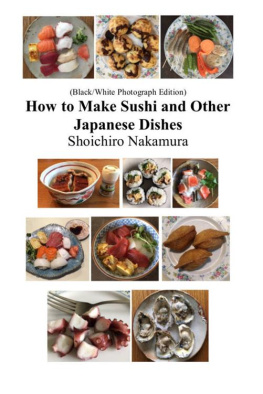
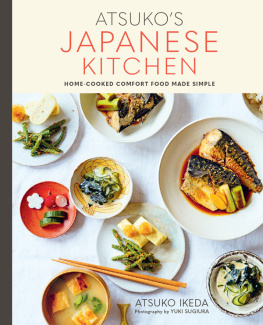
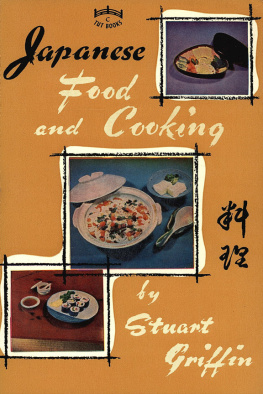

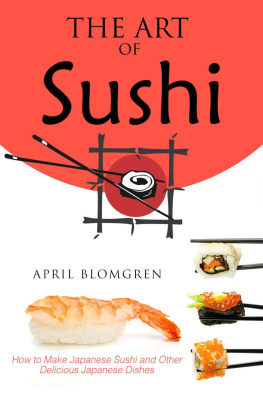
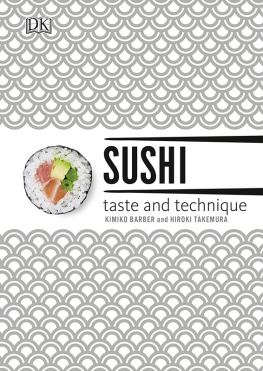
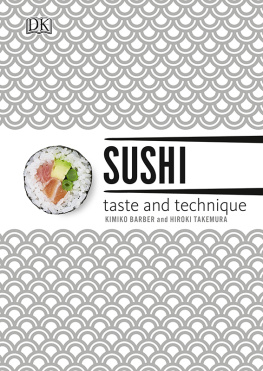

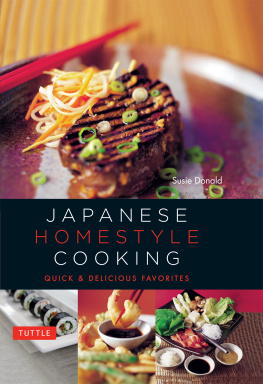
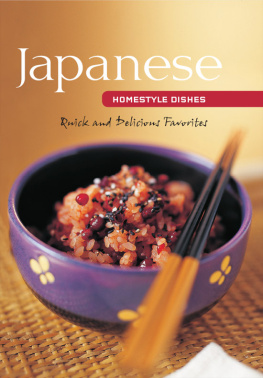





 Pickled ginger
Pickled ginger